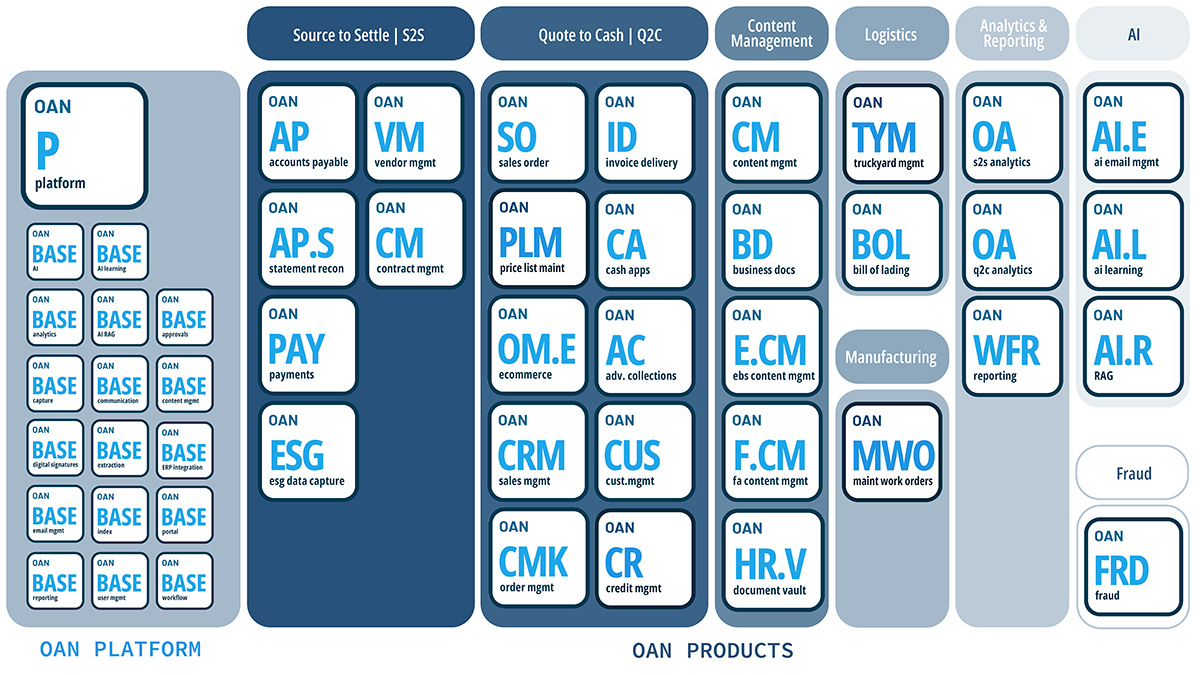Factur-X is an emerging standard for hybrid electronic invoicing that combines human-readable PDF files with machine-readable XML data. This innovative format facilitates seamless invoice processing by humans and automated systems, enhancing efficiency and accuracy in financial transactions. Understanding Factur-X and its benefits can help businesses optimize invoicing processes and comply with regulatory requirements.
Origins and Development of Factur-X
Factur-X was developed as a collaborative effort between France and Germany to standardize electronic invoicing within the European Union. The initiative aimed to create a format that would be easily accessible to small and large businesses, integrating human and machine readability into a single document. The format was introduced in response to the increasing need for standardized e-invoicing solutions that comply with EU regulations. By combining PDF and XML, Factur-X addresses the requirements of different stakeholders, including businesses, tax authorities, and service providers. This hybrid approach ensures that invoices are both compliant and user-friendly.
Structure of Factur-X
Factur-X invoices have two main components: a human-readable PDF and an embedded machine-readable XML file. The PDF portion contains the invoice in a format that can be easily viewed and printed, while the XML file includes structured data that can be processed by accounting software and other automated systems. The XML component follows a standardized schema, ensuring consistency and interoperability across different platforms. This dual structure allows Factur-X to bridge the gap between traditional paper invoices and fully automated e-invoicing systems, making it a versatile solution for various business needs.
Benefits of Factur-X
Factur-X offers several benefits, making it an attractive choice for businesses looking to streamline their invoicing processes. One of the primary advantages is enhanced efficiency. By embedding structured data within the PDF, Factur-X eliminates the need for manual data entry, reducing the risk of errors and speeding up invoice processing. Another key benefit is improved compliance with regulatory requirements. Factur-X aligns with EU standards for electronic invoicing, ensuring that businesses meet the necessary legal obligations. This compliance is particularly important for companies operating in multiple European countries, as it simplifies cross-border transactions.
Enhanced Interoperability
One of the standout features of Factur-X is its enhanced interoperability. The standardized XML schema ensures that invoices can be quickly processed by different accounting software and enterprise resource planning (ERP) systems. This compatibility reduces the need for custom integrations and facilitates seamless data exchange between trading partners. Enhanced interoperability also supports better collaboration and communication within supply chains. By adopting Factur-X, businesses can ensure that their invoicing processes are compatible with their partners, leading to more efficient and transparent transactions. This interoperability is crucial for modern businesses operating in complex and dynamic markets.
Improved Accuracy and Reduced Errors
Factur-X significantly improves invoicing accuracy by eliminating the need for manual data entry. The structured XML data embedded within the PDF ensures that all relevant information is captured accurately and consistently. This automated approach reduces the likelihood of errors, which can lead to disputes and delays in payment. Improved accuracy also enhances the reliability of financial reporting and analysis. Businesses can gain more accurate insights into their economic performance by ensuring that invoice data is consistent and error-free. This improved accuracy supports better decision-making and strategic planning, contributing to overall business success.
Cost Savings and Efficiency
Adopting Factur-X can lead to significant cost savings and efficiency gains for businesses. Automated invoice processing reduces the time and resources required for manual data entry and verification. This efficiency translates into lower operational costs and faster processing times, enabling businesses to focus on more strategic activities. Cost savings also extend to the reduction of paper-based invoicing. By transitioning to electronic invoices, companies can reduce reliance on physical documents, saving printing, storage, and postage costs. These cost savings contribute to a more sustainable and environmentally friendly business model.
Compliance with EU Regulations
Compliance with regulatory requirements is critical for businesses operating in the European Union. Factur-X is designed to meet EU standards for electronic invoicing, ensuring that companies can comply with legal obligations related to tax reporting and documentation. By adopting Factur-X, companies can simplify their compliance processes and reduce the risk of penalties for non-compliance. This regulatory alignment is particularly important for businesses engaged in cross-border transactions, as it ensures that invoices are accepted and processed by tax authorities in different EU countries.
Flexibility and Scalability
Factur-X offers flexibility and scalability, making it suitable for businesses of all sizes. Small businesses with limited resources and large enterprises with complex invoicing requirements can adopt the hybrid format quickly. This scalability ensures that Factur-X can grow with the industry, supporting evolving needs and demands. Flexibility also extends to the integration of Factur-X with existing systems and processes. The standardized XML schema and human-readable PDF format ensure that the invoices can be easily incorporated into different workflows, minimizing disruption and facilitating a smooth transition to electronic invoicing.
Implementation and Adoption
Implementing Factur-X involves several steps, including selecting compatible software, configuring systems to generate and process Factur-X invoices, and training staff on the new processes. Businesses may also need to update their invoicing policies and procedures to align with the requirements of Factur-X. The adoption of Factur-X is supported by a growing ecosystem of software providers, service providers, and industry standards organizations. These stakeholders offer tools, resources, and guidance to help businesses implement Factur-X effectively. By leveraging this support, companies can ensure a successful transition to the new invoicing standard.
Conclusion: The Strategic Value of Factur-X
Factur-X represents a significant advancement in electronic invoicing, offering a hybrid solution combining the best human-readable and machine-readable formats. Its benefits, including enhanced efficiency, improved accuracy, regulatory compliance, and cost savings, make it an attractive choice for businesses looking to optimize their invoicing processes. Understanding the strategic value of Factur-X can help enterprises make informed decisions about adopting this innovative standard. By implementing Factur-X, businesses can streamline invoicing operations, reduce risks, and support long-term growth and success.

